Please support me sincerely
Independent Journalism
Our mission is to provide unbiased, fact-based reporting that holds those in power accountable and exposes the truth.
Every donation counts, whether it’s $5 or $50.
Help us deliver journalism without agenda.
Earlier this week, a landslide triggered by heavy rains in Wayanad, in the southern Indian state of Kerala, killed more than 300 people and destroyed an entire village, raising alarms nationwide about the increasing frequency and intensity of such disasters.
Heavy rains, floods and landslides are common during South Asia’s monsoon season from June to September, but human activities have made the damage worse in recent years.
The case of Kerala is an example: the occurrence of floods and landslides was beyond human control, but the scale of the disaster was not.
The first landslide hit Wayanad an hour after midnight on Tuesday. Villagers from Mepadi, Mundakai and Choralmala ran for their lives. Many of those who stayed were buried by successive landslides that continued until dawn.
“We thought the whole mountain would collapse on us. It was a fight for our lives,” a villager identified only as Jayesh told India Today.
The root cause of the disaster was the incessant monsoon rains. The India Meteorological Department said Wayanad received 28 cm of rain in 24 hours before the landslides struck, destroying critical infrastructure such as roads, bridges and power lines, as well as houses and crops.
Kerala is accustomed to intense monsoon rains, due to its geographic location bordering the Arabian Sea to the west and the Western Ghats to the east. But this monsoon has been particularly severe, causing river overflows, landslides and widespread flooding in southern states and other parts of the country.
Studies show that the climate crisis is making monsoons particularly intense, with shorter and heavier rains.
“Climate change is dramatically altering rainfall patterns in this region,” said Dr. Akshay Deoras, a researcher at the National Center for Atmospheric Science.
“The once predictable monsoon season has become increasingly erratic, with long dry spells followed by sudden torrential downpours.”
He explained that these changes would result in drier soils being less able to absorb heavy rain, increasing the risk of flooding and making landslides more likely to occur.
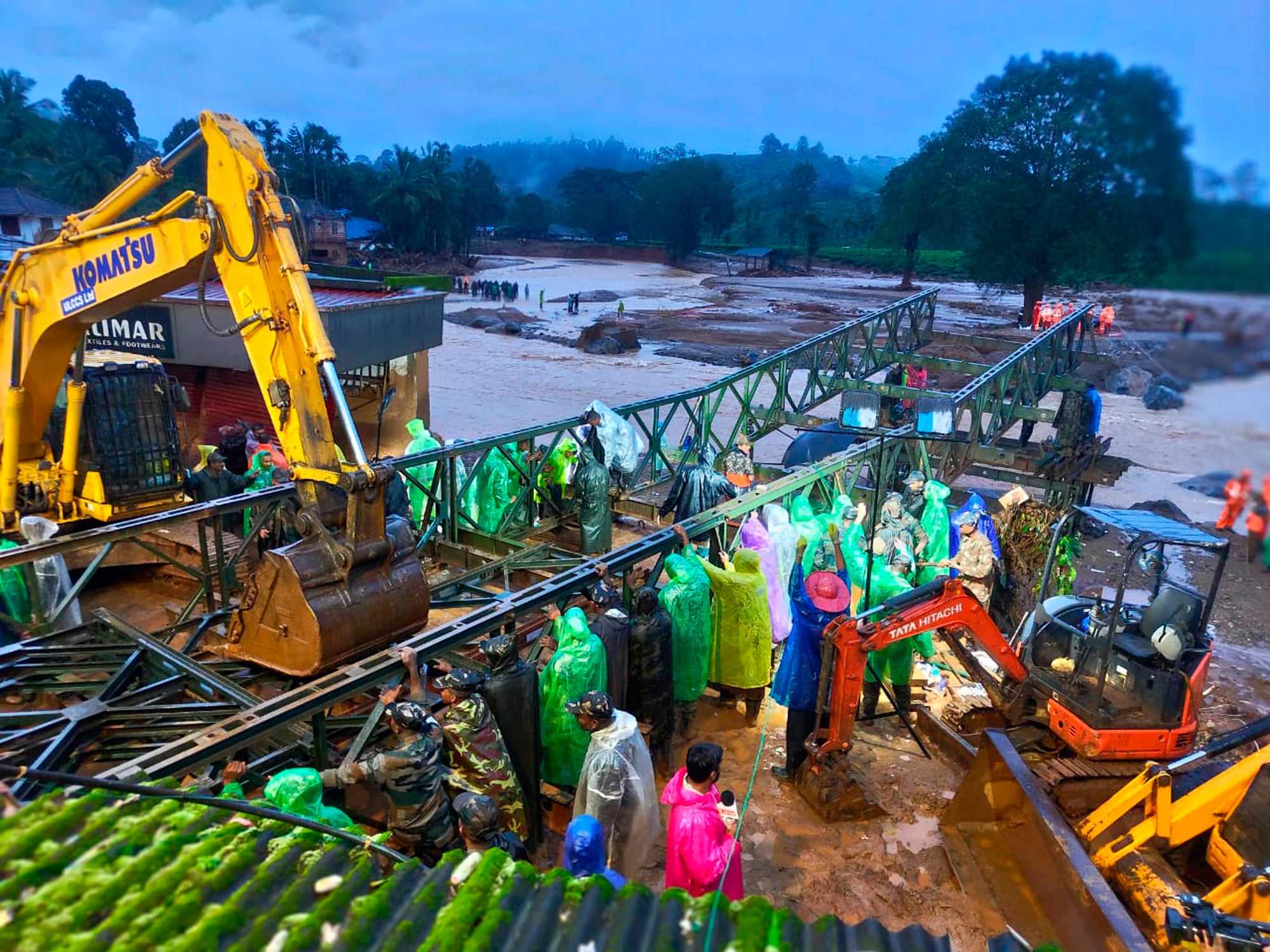
Rainfall was also unevenly distributed. While Kannur district in north Kerala received 21 per cent above average rainfall from June 1 to July 30, neighbouring Wayanad received 14 per cent below average rainfall, while Idukki and Ernakulam received almost 25 per cent below average rainfall.
“The simultaneous occurrence of two extreme scenarios – landslides and rainfall deficit – in the same state shows that there is strong spatial variability in this year’s monsoon rainfall,” said Dr Deoras.
“This pattern is expected to become more severe in the future as global warming continues.”
Kerala was hit hard by Cyclone Oki in 2017 and again in 2018 by one of the worst floods in history.
What Dr. Deoras describes is not unique to Kerala. It is a global phenomenon driven by rising temperatures and changing climate patterns.
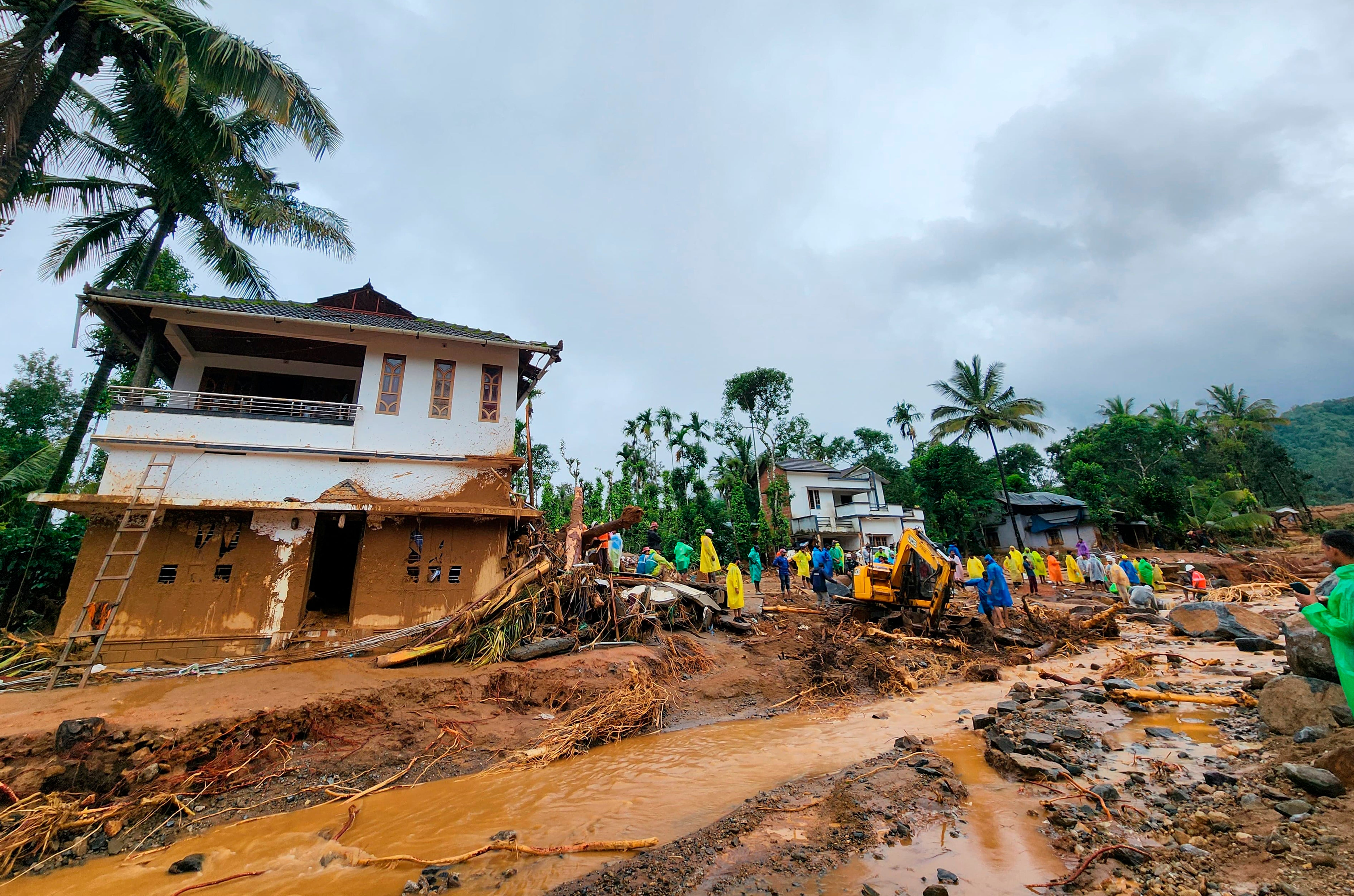
The Indian Ocean, a key driver of the region’s climate, has warmed significantly, by nearly 1.5 degrees Celsius since the start of the industrial era. Experts say this warming has led to an increase in the frequency and intensity of extreme weather events, including the torrential rains that contributed to Kerala’s recent disaster.
Human activities also played a significant role in amplifying the impact of disasters.
Deforestation, unplanned urban development, and poor land use practices have severely damaged the area’s natural defenses.
India has been trying to develop economically over the past few decades, building roads, bridges and mines in its hilly regions. But the mountainous region, from the Himalayas in the north to the Western Ghats in the south, is vulnerable.
A government committee found that more than half of the Western Ghats range is at risk of landslides and has declared the area ecologically sensitive, calling for the most sensitive areas to be protected from all forms of human activity.
A 2021 study found that 56% of Kerala’s landslides occurred in farmland areas, where lush forests often thrive.
A study found that Wayanad lost 62 per cent of its forest cover between 1950 and 2018. International Journal of Environmental Research and Public Health.
Studies have shown that climate change, stronger monsoons over the past two decades and land cover changes have contributed to the increased frequency of “heavy rainfall events”.
Such ecological warnings rarely change India’s building plans.
“We see roads being built and widened without proper measures like slope stabilisation, retaining walls and proper drainage systems,” said Professor YP Sundriyal, head of the Department of Geology at HNB Garhwal University.
“Such infrastructure projects, if undertaken without consideration of the geological sensitivity of the area, could exacerbate the risk of landslides.”
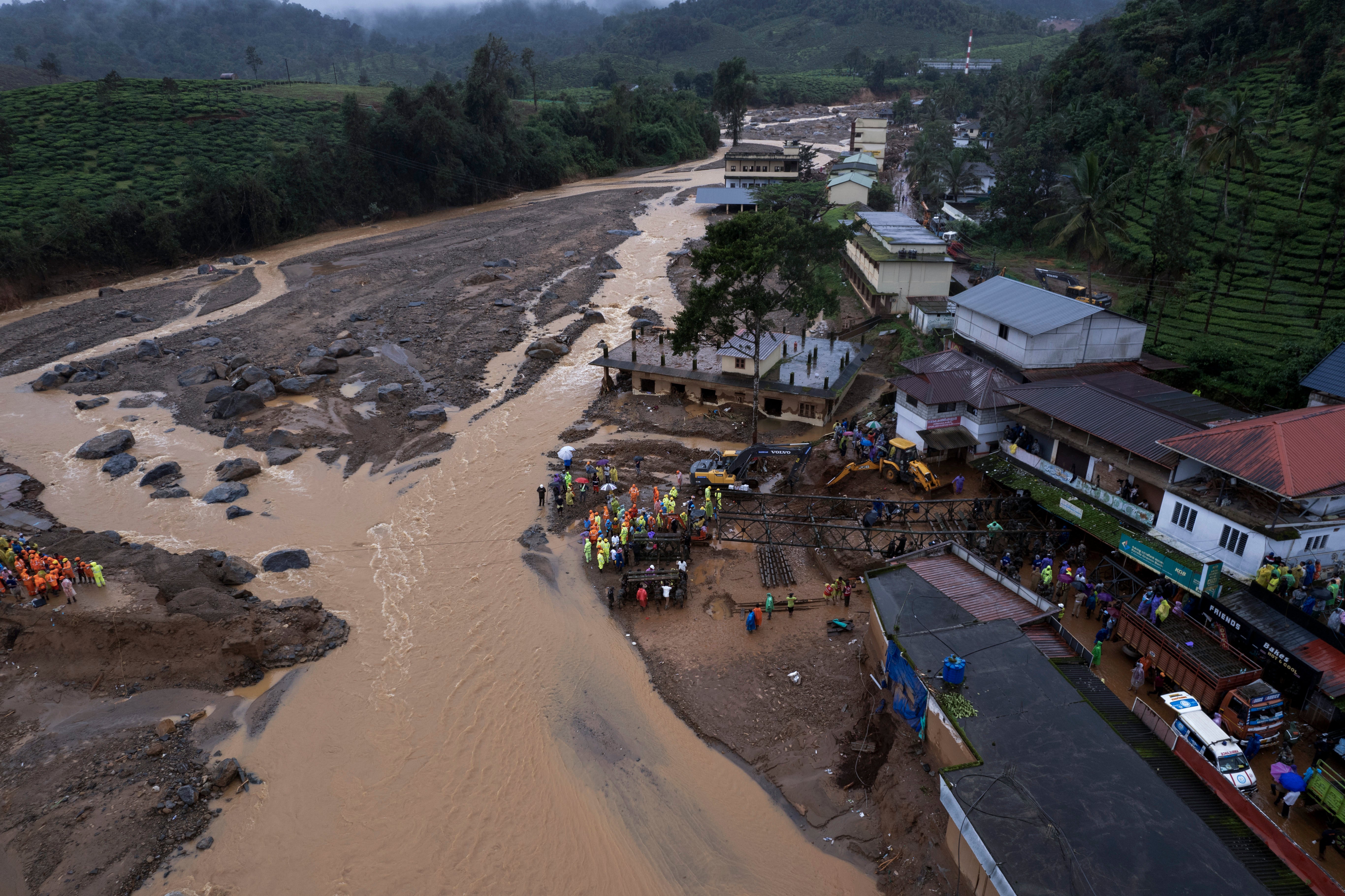
Kerala has experienced a construction boom in recent decades due to rapid urbanization and population growth, often with little regard for ecological considerations. Buildings have been built in flood- and landslide-prone areas, with little regard for safety regulations. The result is an environment where natural disasters can have disproportionately severe consequences.
One of the most important components of disaster management is the implementation of an effective early warning system. Kerala has made progress in this area, but there are still significant gaps. Roxy Mathew Cole, a climate scientist at the Indian Institute of Tropical Meteorology, emphasized the need for a localized early warning system.
“Landslide risk areas are marked on maps, but timely evacuation and preventive measures are often lacking,” he said. “We need to monitor rainfall data in these hotspots and prepare targeted early warning systems to save lives and livelihoods.”
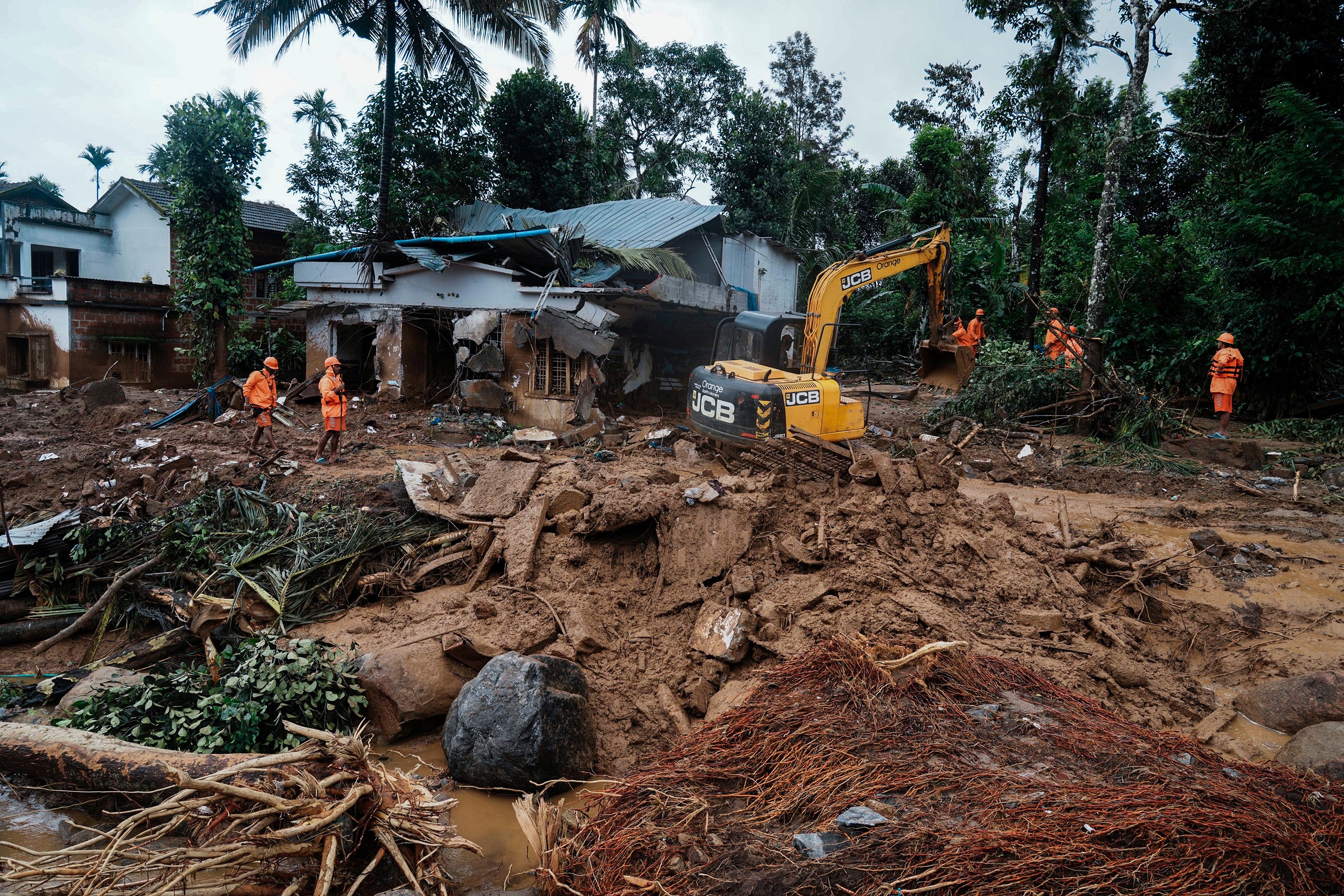
The Wayanad disaster exposed the state government’s inability to communicate risks and coordinate evacuations. In some cases, people were reluctant to leave because they were unaware of the impending danger or lacked clear and timely information.
In any case, the response to the disaster has been mired in political maneuvering. India’s Home Minister Amit Shah told parliament that the Kerala government had failed to properly assess the gravity of the situation, despite the federal government sending nine national disaster response teams to the state on July 23.
“If those who criticized the government had read the warnings, things would have been different,” he declared.
The Kerala government denied being warned. “No agency had issued a red alert for Wayanad before the landslide on July 30,” it said.
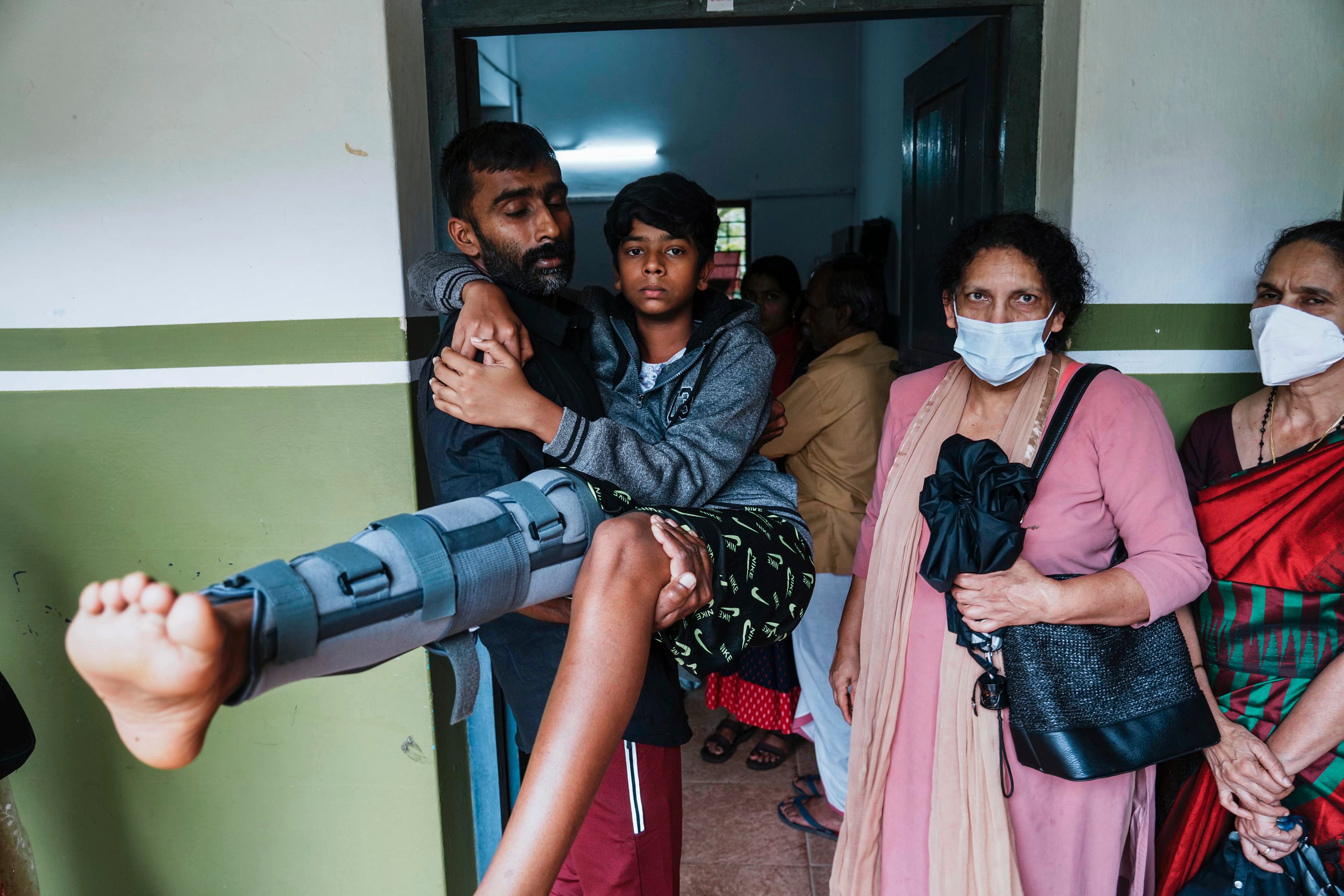
Experts say urgent mitigation measures must be implemented to avoid disasters like this.
“Kerala has not experienced the typical monsoon rains and is struggling to achieve its average rainfall,” said Mahesh Palawat, vice president, meteorology and climate change, Skymet Weather.
“Despite this heavy rainfall, average precipitation has not yet been exceeded. The rapid increase in moisture due to rising air and sea temperatures has made the atmosphere unstable.”
These instabilities highlight the need for a comprehensive strategy that includes both mitigation and adaptation measures.
“There are several steps we can take to mitigate the impacts of landslides and excessive rain related to climate change,” said Palawat.
“Implementing a robust early warning system with improved weather forecasting technology can provide timely warnings so residents can evacuate and prepare.”






